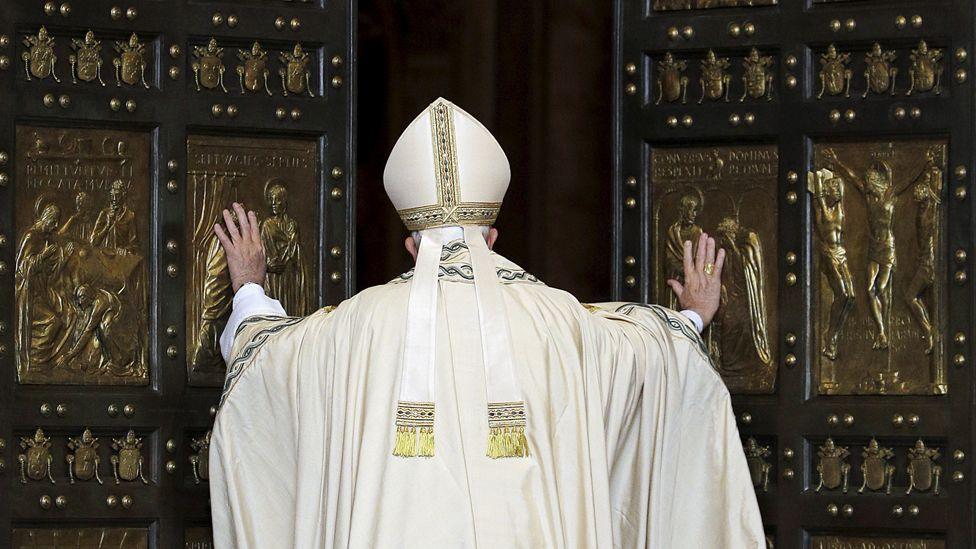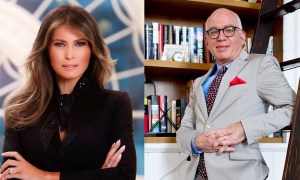When a pope passes away, the world mourns — but within the Vatican, a centuries-old process begins. From funeral rites to electing a new spiritual leader, here’s what happens step-by-step after the death of a pope.
This guide is perfect for Catholics, historians, or anyone curious about one of the most sacred transitions in the world.
⸻
1. Official Death Confirmation
The Pope’s death is first confirmed by the Camerlengo (Chamberlain of the Holy Roman Church), currently Cardinal Kevin Farrell. He officially declares the Pope deceased, seals his private quarters, and begins coordinating the next steps.
At this moment, the Vatican’s press office and global media announce the Pope’s passing.
2. Nine Days of Mourning (Novemdiales)
The Church observes a traditional nine-day mourning period, during which:
• Daily Masses and prayers are held for the Pope’s soul.
• Black drapes and lowered flags are seen across the Vatican.
• The faithful around the world join in solidarity.
3. Funeral and Burial
A pope’s funeral is typically held 4–6 days after death, drawing global dignitaries, clergy, and thousands of Catholics to St. Peter’s Square.
Notably, Pope Francis requested to be buried at the Basilica of St. Mary Major, deviating from tradition — a reminder of his humble papacy.
4. Sede Vacante: The Vacant See
The period following a pope’s death is known as “Sede Vacante” (Latin for “the seat is vacant”).
Key facts:
• The Fisherman’s Ring, a papal symbol, is destroyed.
• The Church is temporarily governed by the College of Cardinals.
• Major decisions are paused until a new Pope is elected.
5. The Cardinals Gather
All cardinals under the age of 80 travel to Rome to prepare for the conclave, the highly secretive election of the next Pope. Logistics, security, and spiritual preparations are overseen in the days leading up to the vote.
6. The Conclave Begins
Inside the Sistine Chapel, the doors are locked. This ancient process is surrounded by tradition and silence.
• Up to 120 cardinal electors are present.
• Voting is held in multiple rounds each day.
• Ballots are burned after each round:
- Black smoke: No decision yet.
- White smoke: A new pope has been chosen!
7. Habemus Papam: “We Have a Pope”
Once a candidate receives two-thirds of the vote and accepts, the Church has a new Pope.
• He chooses a papal name.
• He’s dressed in the white papal vestments.
• Moments later, the world hears the words:
“Habemus Papam!” (We have a Pope!)
The new pontiff then appears on the balcony of St. Peter’s Basilica to bless the crowd.
8. The New Pope’s First Acts
Within days, the new Pope will:
• Deliver his first public address and blessings.
• Celebrate an inaugural Mass.
• Begin forming his vision and leadership team.
His early decisions often give insight into the tone and focus of his papacy.
Why This Process Matters
The passing of a Pope isn’t just a change in leadership — it’s a spiritual and cultural turning point. These steps reflect the Church’s 2,000-year-old traditions, its global unity, and the responsibility entrusted to the new pontiff.
As the Church prepares to elect a new Pope after the death of Pope Francis, the world watches — not just in mourning, but in hope. The coming weeks will shape the future of global Catholicism.
⸻
Want more updates on the next pope, conclave news, and in-depth Vatican insights?
Subscribe to our newsletter and stay informed during this historic moment.



















